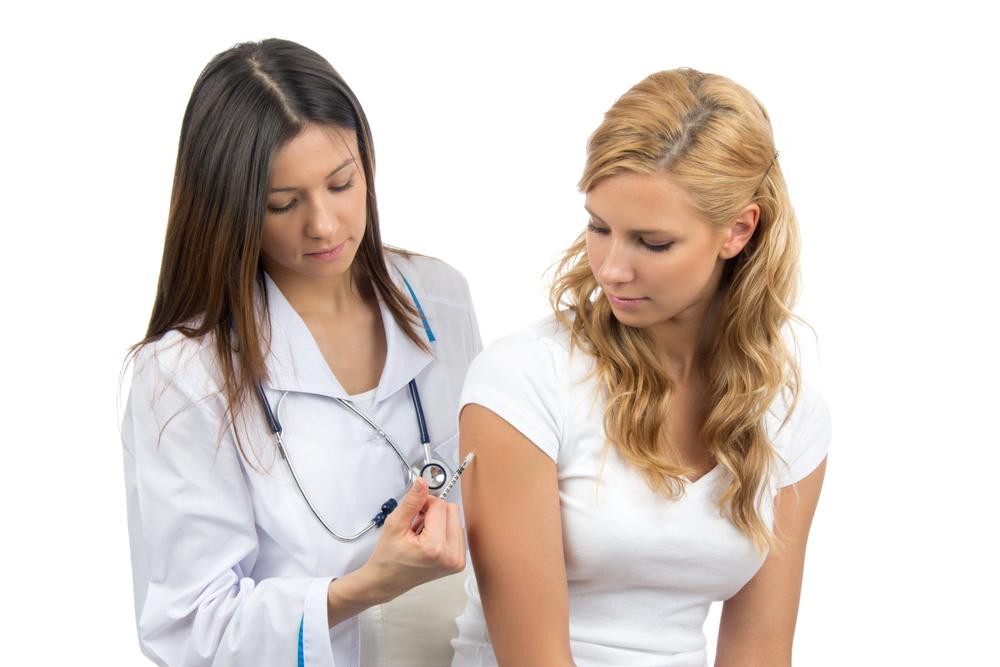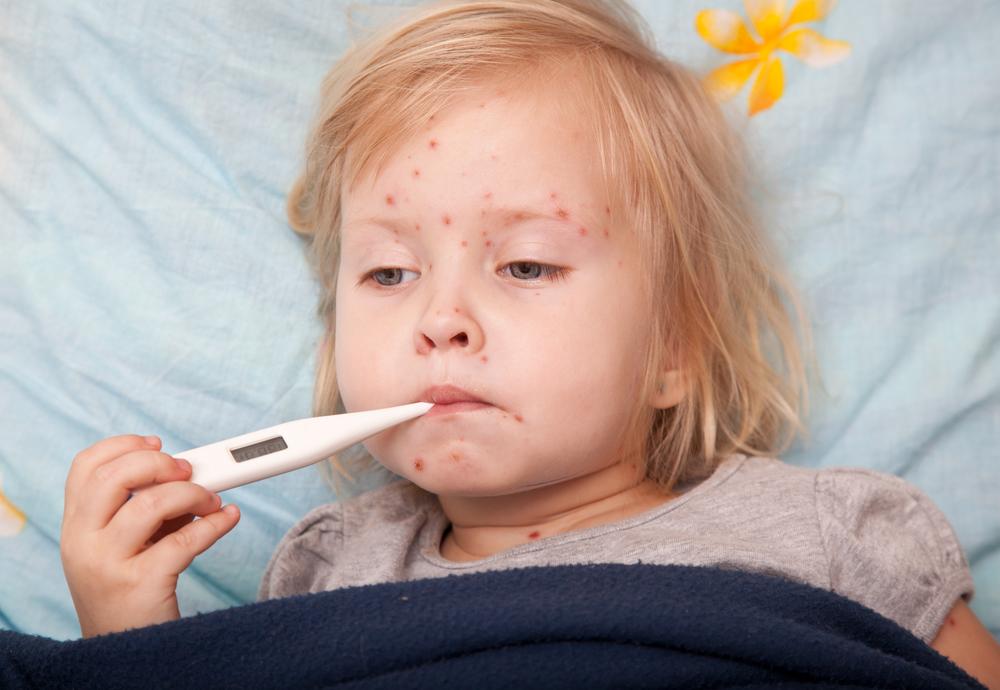Recognizing the Key Signs and Symptoms of Measles
This article highlights the major signs and symptoms of measles, emphasizing the importance of early detection and vaccination. It explains the disease's progression, common complications, and preventive measures, providing essential health insights for caregivers and individuals. Recognizing timely symptoms can facilitate prompt treatment and prevent serious health issues. Understanding measles' early stages and rash development is crucial for effective disease management and protection, especially among vulnerable age groups.

Recognizing the Key Signs and Symptoms of Measles
Measles is a highly contagious viral illness affecting the respiratory system, caused by the rubeola virus. It predominantly impacts children, especially those with nutritional deficiencies, though adults can also be affected. The virus resides in the mucus of the throat and nose, initiating infection in the throat, lymph nodes, and lungs, then spreading to the eyes, urinary tract, nervous system, and blood vessels. A prominent early sign of measles is the appearance of distinctive rashes that develop shortly after infection.
Fortunately, measles is fully treatable, with most individuals recovering swiftly. The recovery rate varies based on immune health; those with weakened immunity face higher risks of complications such as ear infections, bronchitis, severe diarrhea, low platelet levels, pneumonia, and in rare cases, encephalitis. Children under five and adults over twenty are most vulnerable. Vaccination remains the most effective preventive measure against measles.
Once infected, symptoms typically emerge after 7 to 14 days and progress through various stages.
Incubation period: During the initial two weeks, no symptoms are evident as the virus incubates primarily in the throat and nasal passages.
Early symptoms: Post incubation, fever onset occurs, along with dry cough, conjunctivitis (red, inflamed eyes), sore throat, and runny nose, lasting a few days.
Rash development and illness peak: Red spots and bumps appear first on the face, near the hairline, and behind the ears, appearing three to four days after initial symptoms. These rash spots spread to the arms, trunk, thighs, legs, and feet, often clustered, causing the skin to look blotchy and red. Fever may spike to 104-105°F, fluctuating as long as the virus remains active.
Additional symptoms: Swollen eyelids, light sensitivity, watery eyes, sneezing, and body aches are common. Koplik's spots—small greyish-white lesions with bluish centers—may appear inside the mouth, cheeks, and throat, indicating measles infection.










